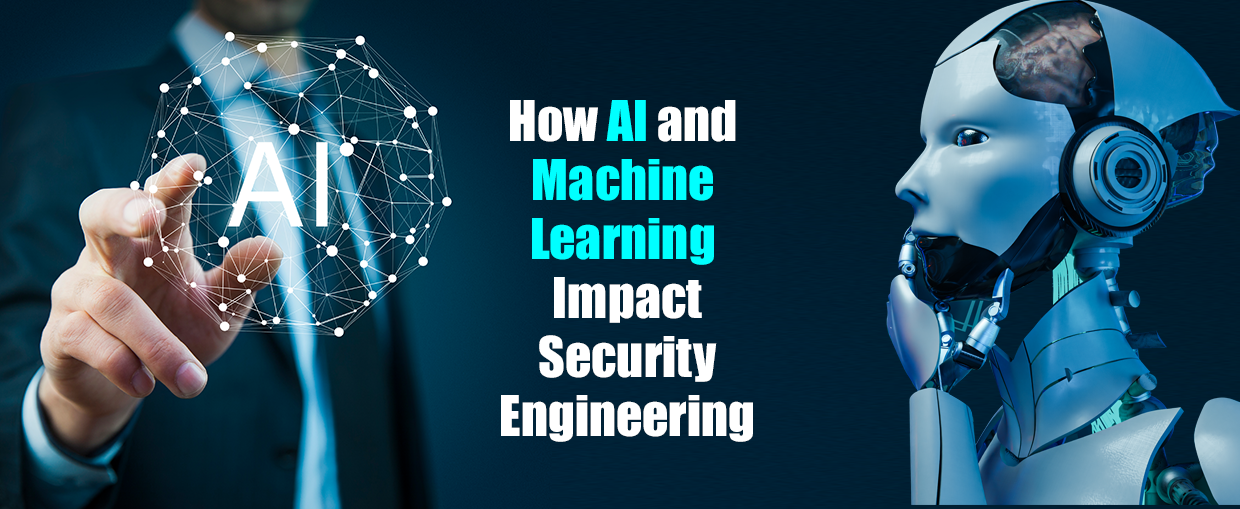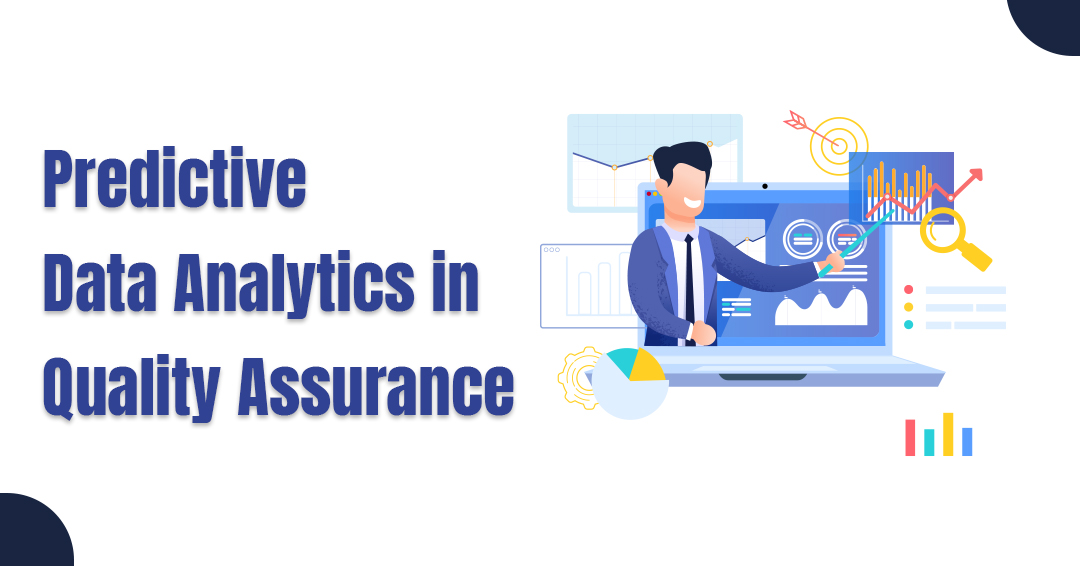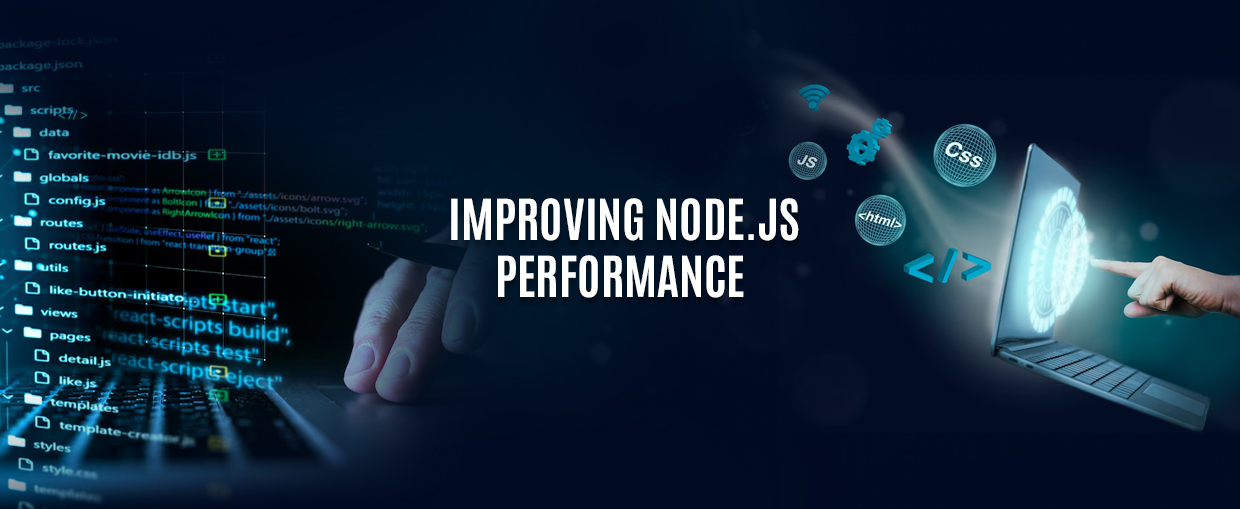The dynamic pair that is transforming security engineering is Artificial Intelligence (AI) and Machine Learning (ML). These technologies enable security professionals to detect anomalies, forecast attacks, and respond in real time with unprecedented precision during digital transformation.
Cybercrime expenses are expected to exceed a trillion dollars per year by 2025. In today’s quickly changing digital world, the confluence of AI, ML, and security engineering has grown in importance. This is all the more reason why you should hire developers from a professional software development company.
The prospects afforded by AI and ML along with Cloud solutions in cybersecurity have piqued the interest of professionals all around the world. The necessity of strong security measures cannot be emphasized in an increasingly connected world.
In the face of changing cyber threats, AI and ML technologies deliver key instruments for fortifying defenses, bolstering incident response capabilities, and improving overall security. And now it’s time for you to find out how it influences security engineering in the long run.
Artificial Intelligence and Machine Learning in Security Engineering
AI and ML in security engineering entail harnessing sophisticated digital transformation technologies to improve cyber threat detection and prevention. As a result, a seasoned software development company can develop proactive defensive systems, real-time monitoring, and adaptive security measures.
Machine learning algorithms learn large volumes of data to find abnormalities and possible hazards, while artificial intelligence enables systems to learn from patterns and make intelligent decisions. This way, security engineers can improve threat detection, automate incident response, and improve overall security posture by implementing these strategies along with competent Cloud solutions.
AI/ML’s Role in Security Engineering
The need to hire developers reflects on the fast growth of technology and the increasing interconnection of systems. This is why cybersecurity has become a crucial concern for consumers, businesses, and governments. Cyberattacks have the ability to cause large financial losses, compromise to one’s image, and even jeopardize national security. As a result, the significance of strong cybersecurity measures to protect sensitive data, intellectual property, and vital infrastructure has increased. The following ways are by which AI/ML can transform the area of security engineering:
1. Improved Threat Detection
AI/ML systems in security engineering evaluate enormous volumes of data to find patterns and abnormalities connected with cyber risks. This allows security engineers to more quickly identify and respond to possible threats.
2. Enhanced Incident Response
Systems driven by AI/ML automate typical security operations like log analysis and threat prioritization. By quickly classifying security alerts, prioritizing events based on risk levels, and giving real-time notifications. This allows all software development companies to achieve faster incident response and lessens the effect of security breaches.
3. Proactive Defense Mechanisms
AI/ML analyzes data from many sources, such as the dark web, social media platforms, and security feeds, to identify new dangers and hidden trends. Security teams may execute proactive risk-mitigation actions using this actionable information. As a result, security personnel are better able to keep ahead of intruders without hampering digital transformation.
4. Advanced Vulnerability Analysis
AI/ML tools along with Cloud solutions aid in the detection of vulnerabilities in systems and networks. This in turn, allows engineers to repair any flaws and improve overall security.
Ways to Implement AI and Machine Learning in Security Engineering
While hiring the right developers is one thing, organizations can improve security engineering techniques, manage risks, and safeguard systems and data against emerging cyber threats. They can do this by following the below steps.
1. Define Your Security Requirements
Determine unique security engineering concerns and needs, such as threat detection and vulnerability management.
2. Data Gathering And Preprocessing
Collect essential security data from several sources and clean and preprocess it to ensure interoperability with AI and ML algorithms. You can do this with the help of an expert software development company.
3. Model Choice
Based on the security objectives for your digital transformation, make sure you select appropriate AI and ML models. These models are for supervised learning for classification or unsupervised learning for anomaly detection.
4. Training And Validation
Train the selected models using provided datasets, then validate and fine-tune their performance (with the help of Cloud solutions).
5. Integration And Rollout
Integrate the trained models into the current security architecture. By hiring expert developers you can ensure that they communicate with other technologies seamlessly.
6. Monitoring And Assessing
Monitor security engineering model performance on a continuous basis, examine outputs, and modify models based on feedback and new data.
7. Collaboration And Knowledge Exchange
Encourage cooperation among security engineers, data scientists, and domain specialists to optimize the usage of AI and ML with the support from an accomplished software development company.
The Benefits of AI and Machine Learning in Security Engineering
1. Detection And Prevention Of Fraud
During digital transformation, AI systems can examine big databases to find trends that indicate fraudulent activity. ML models can identify questionable transactions, detect fraudulent tendencies, and avert financial losses in businesses such as banking and e-commerce.
2. Scalability and Efficiency
AI and ML systems can manage massive amounts of data while also adapting to changing security requirements. They have the ability to automate common processes, decreasing manual labor and enhancing operational efficiency with Cloud solutions. As a result, security personnel may concentrate on more strategic tasks such as building proactive security measures and increasing overall resilience.
3. User Behavior Analysis
When you hire developers, AI and ML can assess user behavior patterns and build baselines for routine tasks. Security systems can detect potentially dangerous or malicious conduct, such as insider threats or account takeovers, by monitoring departures from these baselines. This enables enterprises to adopt proactive security engineering measures and mitigate the consequences of security breaches.
Implementing AI/ML-Driven Security Solutions: Best Practices
- Maintain data privacy and security throughout the AI/ML lifecycle, beginning with data collection and storage and ending with model training and deployment.
- To ensure the integrity, quality, and availability of data used in AI/ML models, implement strong data governance procedures with the backing of a reputable software development company.
- Use explainable AI/ML approaches to improve the transparency and understandability of the models’ security decisions, and to achieve digital transformation.
- Monitor and analyze AI/ML models on a continuous basis for performance, accuracy, and any biases, and iterate on them as needed.
- Encourage security experts and data scientists to collaborate with each other using Cloud solutions. This will help in harnessing their combined knowledge to generate successful AI/ML-driven security solutions.
- Conduct extensive risk assessments on AI/ML models to detect potential vulnerabilities and adversarial attacks, and then apply suitable measures.
AI and ML – The Future of Security Engineering
The use of artificial intelligence and machine learning into security engineering has transformed the industry, allowing for major gains in threat detection, reaction time, and overall cybersecurity efficacy. By hiring developers from a seasoned software development company, security systems may achieve lower false positive rates and higher detection accuracy by employing AI. These practical benefits demonstrate AI’s ability to protect digital infrastructure and data from changing cybersecurity threats.
With the integration of AI and ML technologies, the future of security engineering has enormous possibilities for digital transformation. The combination of these strong technologies will transform the area of cyber security, allowing firms to fortify their defenses against emerging threats.
The future of AI in cyber security along with Cloud solutions offers a more robust and adaptable defensive landscape. These intelligent technologies and the collaboration of human professionals can majorly help protect important assets.









